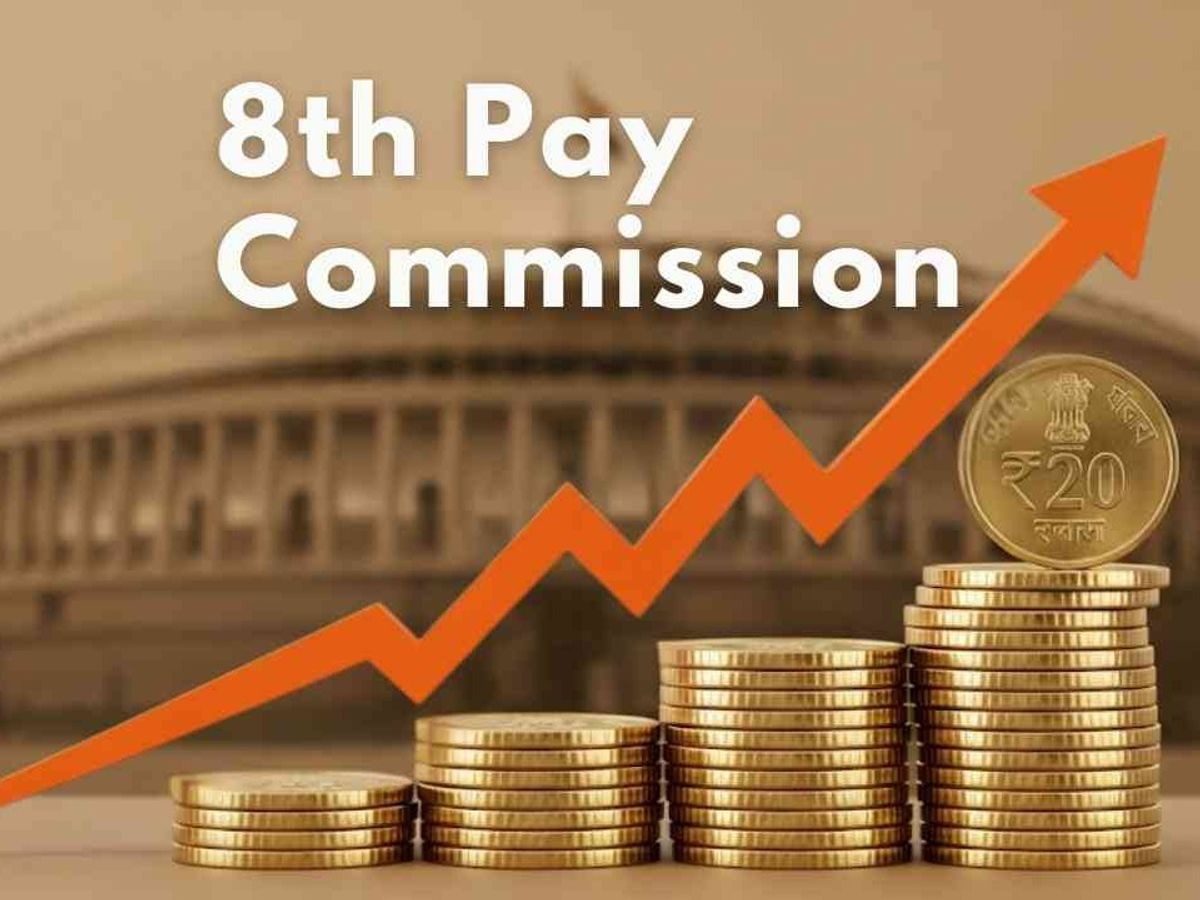
Implementation of 8th Pay Commission and Employee Demands
The Indian government is set to implement the 8th Pay Commission from January 1, 2026, marking a significant overhaul of salary structures and benefits for millions of central government employees and pensioners. This initiative, approved on January 16, 2025, aims to address long-standing concerns raised by staff representatives. Among the key demands is the reinstatement of the Old Pension Scheme, which was discontinued in 2004. Employees who joined after that date have been advocating for its revival, citing financial instability due to inflation and rising living costs. Additionally, there is a push to enhance health and education allowances, including a proposal for a cashless medical facility to streamline healthcare access and reduce bureaucratic delays. These changes are expected to provide substantial relief to government workers, particularly in managing healthcare expenses and educational costs for their children.
Salary Revisions and Level Merging Proposals
The 8th Pay Commission is anticipated to introduce a fitment factor of up to 2.86, which could significantly boost basic salaries. For instance, Level-1 employees’ basic pay is projected to rise from ₹18,000 to ₹51,000, while Level-2 salaries may increase from ₹19,900 to ₹60,000. This restructuring also includes merging six salary levels into three, with recommendations to consolidate Level 1-2, Level 3-4, and Level 5-6. Advocates argue this will create a more equitable pay scale, particularly benefiting lower-tier employees. The proposed changes aim to align compensation with current economic conditions and inflation, ensuring that government workers can maintain their standard of living. However, the exact fitment factor and salary adjustments will be finalized after the commission’s official recommendations are released.
Health, Education Allowances, and Pension Reforms
Employee representatives have emphasized the need for expanded health and education benefits. A key proposal includes a child education allowance to support the rising costs of schooling, alongside extending hostel subsidies to postgraduate levels. These measures are designed to alleviate financial pressure on families and ensure better access to quality education. Additionally, the reinstatement of the Old Pension Scheme is seen as critical for retirees, as it would provide a more stable income compared to the current system. The commission is also expected to evaluate the feasibility of a cashless medical facility, which could revolutionize healthcare access for employees and pensioners by eliminating paperwork and delays. These reforms are part of a broader effort to modernize benefits and ensure they meet contemporary economic demands.
Historical Context and Future Implications
The 8th Pay Commission follows the 7th Pay Commission, which raised basic salaries from ₹7,000 to ₹18,000 and pension amounts from ₹3,500 to ₹9,000. These changes, implemented in 2015, marked a significant improvement in compensation but have since faced challenges due to inflation. The current commission aims to address these gaps by introducing a more comprehensive salary structure and benefits framework. With over 50 lakh central government employees and 65 lakh pensioners affected, the reforms could have wide-reaching implications for public sector workers. The success of these changes will depend on the commission’s ability to balance financial constraints with the need for fair compensation. As the implementation date approaches, stakeholders are closely monitoring the final recommendations to assess their impact on government workers’ livelihoods.
Broader Impact on Government Operations
The proposed revisions to salaries, pensions, and allowances are expected to enhance workforce morale and productivity. By aligning compensation with inflation and economic growth, the government aims to attract and retain talent in the public sector. However, the financial implications of these changes must be carefully managed to avoid strain on the budget. The commission’s focus on fitment factors and minimum wage standards reflects a commitment to equitable pay structures. Additionally, the integration of modern benefits like cashless healthcare and expanded education allowances underscores a shift toward more holistic employee support. As the 8th Pay Commission prepares to finalize its recommendations, the outcomes will shape the future of government employment in India, setting a precedent for future pay reforms.



